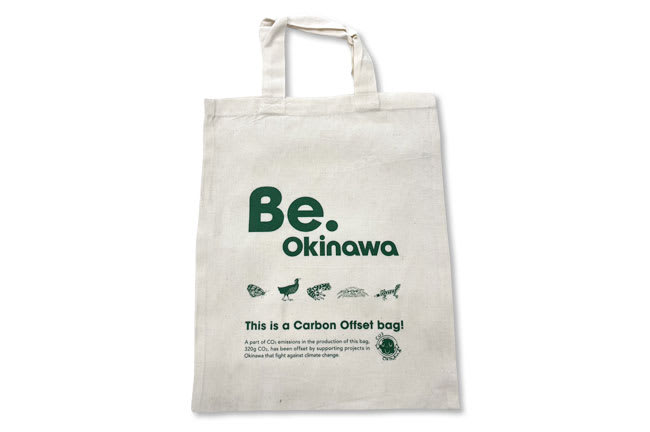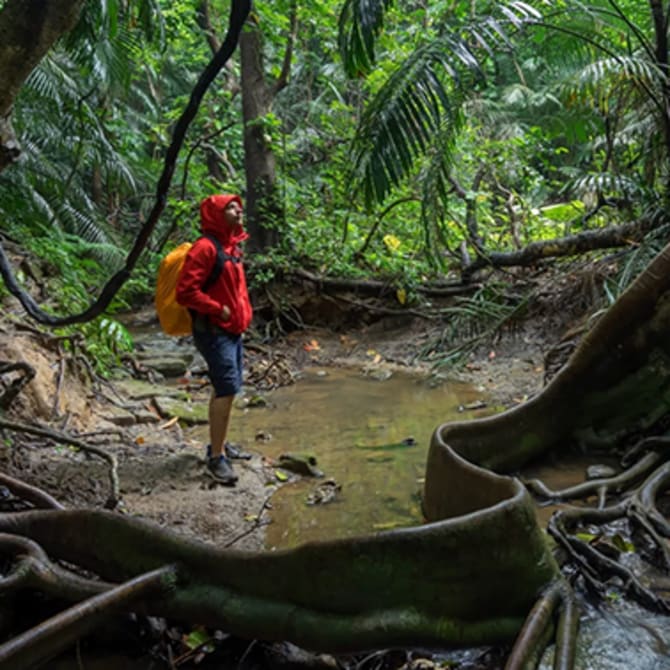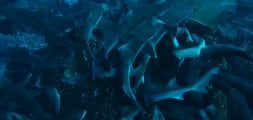Rice pen
Rice ballpoint pens are a new-age plastic material made using a new technology called 'rice resin', which upcycles old rice that is not fit for human consumption, crushed rice generated by rice snack manufacturers, etc., which is not even processed as animal feed and discarded, into plastic using new technology. It has 'carbon neutral' properties that have no effect on the increase or decrease of carbon dioxide on the ground, and is almost equal in cost, formability and strength compared to conventional plastics.
Microplastics eco pen
These ballpoint pens were created by collecting marine plastic (plastic waste such as plastic bottles and packaging containers that
have been dumped on land and rivers and eventually washed into the sea).
The company promotes the re-use and recycling of resources and the effective utilisation of limited resources through
marine plastic ballpoint pens with the aim of reducing environmental impact and realising a recycling-oriented society.
Eco chopsticks
Be mindful of the negative impact of plastic on the environment and have your own eco-chopsticks to help protect forests and enrich the oceans.In Japanese ,the word "hashi" can mean either "chopsticks" or "bridge". Okinawa was once an independent small kingdam which prospered through active trade with the neighboring countries.
Eco tumbler
This tumbler is made from bamboo fibre, cornstarch and resin. Lightweight, unbreakable and eco-friendly products that can be washed and used repeatedly.
The body of the tumbler expresses the beauty of Okinawa's rich nature and diverse traditional crafts with the unique Okinawan textile 'Bingata' design.
Part of the proceeds from the sales of this product will be returned to the artisans who provide the designs, supporting the further evolution of traditional crafts.
Carbon offset Tote bag(Green)
Cotton bags are carbon offset for the CO2 emitted during production using the J-Credit system. The design of the bags is decorated with Okinawa's endemic species to raise awareness of the need to protect the precious natural environment.
Carbon offset Tote bag(Blue)
Cotton bags are carbon offset for the CO2 emitted during production using the J-Credit system. The design of the bags is decorated with Okinawa's endemic species to raise awareness of the need to protect the precious natural environment.
Yakusugi Chopstick
Yakushima is an island that was created when the seafloor was raised in ancient times. The warm sea brings rain, which is said to be the highest amount of precipitation in Japan, and nurtures a beautiful evergreen forest. However, although it is a southern island, it also has the climate of the northern country, where snow can be observed at the summit.
Among the cedars that grew up in such a harsh natural environment, cedars over 1000 years old are called Yakusugi.
These chopsticks are made from Yakusugi.
If you wash it, you can use it repeatedly. Please remember Japan and Kyushu every time you use it.
"Maruman" sketchbooks
Japan's most famous "Maruman" sketchbooks are manufactured in Miyazaki Prefecture. They are made in an energy-efficient factory equipped with a solar power generation system. Maruman also created the "Maruman Art Forest" to contribute to the local community; 2,500 trees were planted and have been maintained and preserved for 10 years.
OJIKA ISLAND CLEAN KIT
On Ojika Island located in Nagasaki prefecture, fishermen decorate their boats with colorful flags on celebrations. Many of these flags are forgotten once fishermen retire. Now, however, they have a chance to shine again in a form of a bag! Each bag is handmade by a local who did an amazing job bringing out the flag’s color and pattern!
Tenugui(Traditional Japanese Towel)
“Tenugui” is a plain-woven cotton cloth, which is a type of traditional Japanese towel, used as a hand towel to wipe off after washing your face and hands, or a wash towel or bath towel when taking a bath. It is also used as a scarf to cover your head, as an accessory during traditional festivals, to keep away the evil, or simply to avoid the cold and heat. This tenugui from Hirado is designed with images of Hirado’s main tourist attractions.
Yurihama-gasuri (Pouch)
Yurihama-gasuri is a woven textile produced in Sakaiminato, Tottori Prefecture.
Its simple designs have made it a familiar traditional craft, long incorporated into the daily lives of farmers and locals from past to present.
Fan, made from origami cranes sent to Hiroshima.
The“Sankaku” umbrella which is made by using scraps of paper of the origami cranes sent to Hiroshima from around the world that have been made into Japanese “washi” paper, was used in the G7 Hiroshima Summit Partner's Program.
The fan we are handing out this time is a sister product made from the same material.
This handkerchief with the Tourism Shikoku logo is produced with Imabari towels
This handkerchief with the Tourism Shikoku logo is produced with Imabari towels, which are of high quality and have a 120-year history in the region.
Imabari towels guarantee their high quality. For example, there is a "5-second rule”. When a towel is floated on the water and sinks within five seconds, it’s superior water absorbency is guaranteed.
“Shiki bun” Wood Notebook
The pages of this notebook are made from wood thinly shaved to a thickness of 0.2mm. The fine grain of these pages is perfect for writing with a fountain pen or brush. The woody aroma that wafts through the air as your open this notebook will make you feel like you’re walking through a forest.
These paper-like sheets are called kyōgi and were traditionally used as a packaging material. It is said that these sheets were originally used for writing sutras, called okyō in Japanese. The name kyōgi is from the combination of sutra (okyō) and wood (ki) .
Kiso Lacquerware Chopsticks
Elegant and long-lasting Kiso lacquerware chopsticks
Many international travelers pass through the Kiso Valley while walking along the Nakasendo Trail. At the northern end of the valley is Kiso Hirasawa (formerly Narakawa Village), a town of lacquerware shops that have been in operation since the Edo Period. Many craftsmen continue to live in this town today, and the townscape of lacquerware workshops and traditional storefronts is designated an important preservation district for groups of historical buildings.
These chopsticks are made with high-quality wood of the Kiso Valley. Lacquer is applied to make them more durable.
Feeling the warmth of the natural material and their ease of handling, you won’t want to put them down. The techniques and passion of the craftsmen live in each and every pair.
Wild silkworm cocoon
Wild silkworms have long lived in the unspoiled natural environment of Azumino in Nagano.
Since their rearing is significantly affected by the habitat environment, our predecessors have had to overcome many hardships over the long history.
Indeed, coexistence with nature has always been our first priority.
Tenugui
Why not introduce a cool, eco-friendly Tenugui (traditional Japanese handkerchief) into your life? Shizuoka’s dying industry has a long history, incorporating new designs with the times. This Tenugui is made using Shizuoka’s traditional dying technique, Suruga Wazome, characterized by its vibrant contrast of colors.
Mt. Haguro's Pilgrimage Illustrated Tenugui Towel
This 100% cotton printed towel was released by the Dewa Sanzan shrine to commemorate the reconstruction works on the Five-Storied Pagoda (National Treasure). It illustrates the pilgrimage path on Mt. Haguro, composed of 2446 stone steps and dozens of little shrines. A good way to locate yourself during your visit on the mountain and wipe off the sweat!
















































































